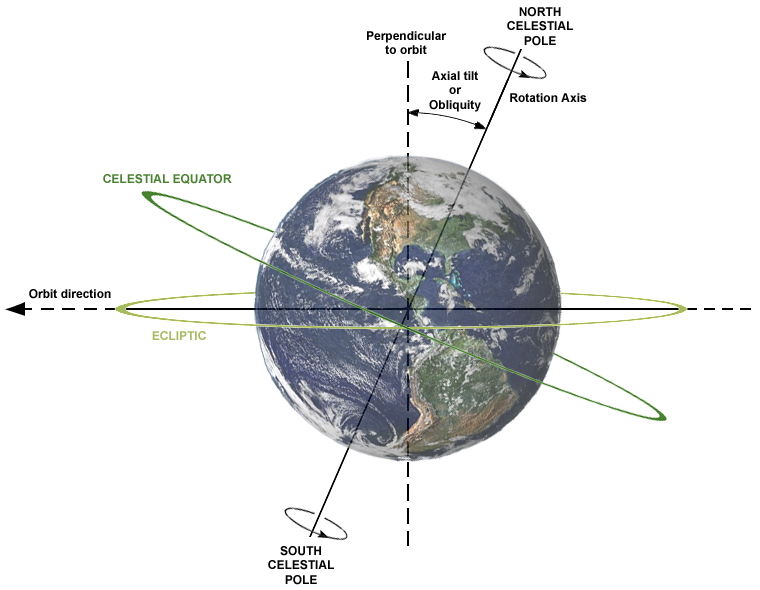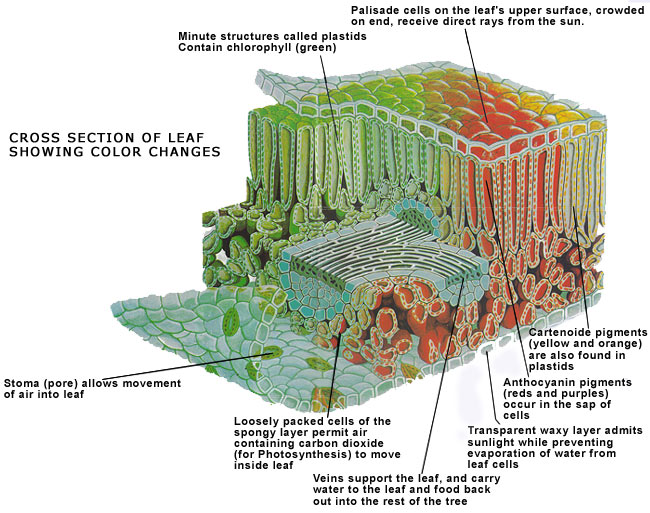 It is March, 2015. Spring is here already. The days are getting longer and the sun is shining so brightly. Leaves are starting to shed. The temperatures are rising. It is now +10C. Five weeks ago, it was freezing cold and the temperatures were really low up to -250C. So what causes this cycle of winter, spring, summer and autumn?
It is March, 2015. Spring is here already. The days are getting longer and the sun is shining so brightly. Leaves are starting to shed. The temperatures are rising. It is now +10C. Five weeks ago, it was freezing cold and the temperatures were really low up to -250C. So what causes this cycle of winter, spring, summer and autumn?
In the past, people used to believe that the reason for having these four seasons was because of the changing distance between the earth and the sun. This theory has not been able to hold up to scrutiny and therefore has been debunked.
The most popular and accepted reason for the seasons is the journey our earth takes every year (365 days). It is believed that the earth tilts at a 23.5 degree angle around the sun as it moves around it. Scientists call this tilting Obliquity.
As the earth’s hemisphere tilts towards the direction of the sun, the countries lying on that hemisphere get the sun and therefore have summer. The other countries that are have the sun pointing far away from them have winter instead.
One part of the earth that never points directly towards the sun is the North Pole. In North Pole they rely on the two times of the year marked as the summer solstice and the winter solstice. The sun points as close as it possibly can towards the summer solstice and the days become longer in the North Pole. The opposite happens to winter solstice, the sun points from a very far distance and the days shorten. The point between summer solstice and winter solstice, which angles the earth at 90 degrees from the sun, allows for autumn and spring. During these two seasons, the North Pole has more or less equal day and night that is (12hours a day and 12hours a night). This is called the Equinox. This means we Spring Equinox and Autumn Equinox.
You can check the validity of this period at home with a piece of paper and a torch. If you like to prove scientific facts, then this one will not only educate you but it will also pique your curiosity and push you to try and dig out the reasons for other things you do not understand. Take your white sheet of paper and draw a circle on it. Now hold your paper in front of you and point the torch directly in to the paper. You can see the entire circle illuminated. You can use your phone torch if you do not have an actual torch. Now, tilt your paper and observe. You see the density of light falling on the part that is close to the torch remaining the same but the one further away diminishing.
The Northern hemisphere and Southern hemisphere always seem to have opposite seasons at any given time. So when the sun is pointing towards the Northern hemisphere, all the countries have summer.
The tilting of the earth is affected by a number of factors. For example, the distribution of mass over the planet is not proportional. Some parts have more mass than others. In the northern hemisphere, there are incredibly humongous chunks of land masses and ice sheets which bog down the top of the earth.
To get a better understanding of this we can try using the analogy of obliquity. Take any spin ball (Sonic, magic etc.) then spin it and see what happens. You will not notice any tilting. Now stick a chewing gum on the top of the spin ball and spin it again. The extra weight of the chewing gum will cause a slight tilt as ball spins. This is what happens with the earth.
The earth axis position changes over periods of time. The procession of the equinox is the term that describes the earth draws a circle in the sky as it rotates through a period of 26,000 years. In 13,000 years, the northern and southern hemispheres have opposite seasons at equal times. So the first 13,000 thousand years, the northern hemisphere will have summer from June to August while the southern hemisphere has winter in the same period. Then after 13,000 years it is reversed and the southern hemisphere have the summer instead. As for the summer solstice, it comes 20 minutes early every year and that is why a full day matures only after 70 years.
In 1930, Milutin Milankovitch linked the formation of ice ages to the tilting of the earth. The angle of the earth tilt lies between 21.4 and 24.4 degrees. This cycle lasts about 41,000 years. The increasing obliquity of the earth is the reason why we have extremely harsh weather conditions such boiling, hot summers. If these are not balanced, then we see a cold summer. And if summer is not hot or as warm as expected to melt the snow of winter then glaciers occur.
There are still many other factors that are still being investigated which contributed to the titling of the earth, hence different seasons.












Leave a Reply